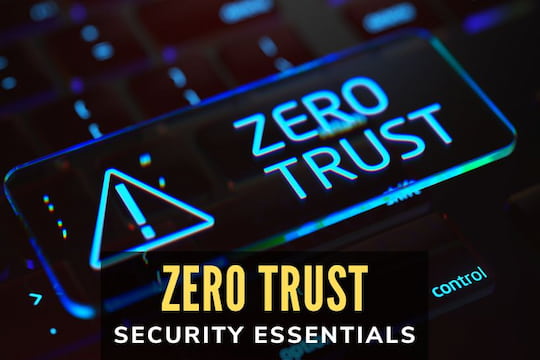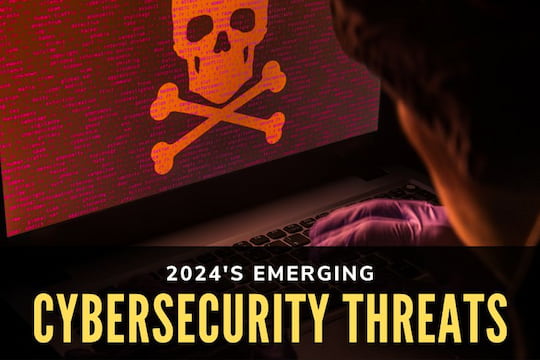In the digital age, where data breaches and cyber-attacks are as certain as the ebb and flow of the tide, IT managers are the sentinels guarding the ramparts of their organizations' digital fortresses. Establishing robust cybersecurity measures is no longer optional; it's imperative. Here are cybersecurity best practices for IT managers that should be etched into the cornerstones of their cyber defense strategies.
1. Embrace a Culture of Security Awareness

The first line of defense in cybersecurity is often the user. IT managers should foster a culture of security awareness. Regular training sessions on the latest phishing scams, social engineering tactics, and safe browsing practices can greatly reduce the risk of an employee inadvertently opening the gate to attackers.
2. Enforce Strict Access Controls
Access should be granted on a need-to-know basis. Utilize role-based access controls to ensure that users have the least amount of privilege necessary to complete their tasks. Not everyone needs the keys to the kingdom, and stricter access controls can limit the damage in the event of a breach.
3. Stay Updated and Patched
Software vendors frequently release updates that patch known security vulnerabilities. IT managers must ensure that all systems have the latest security patches. This applies not only to operating systems but also to applications, network devices, and any other technology that could be exploited.
4. Implement Multi-Factor Authentication
Passwords alone are a weak form of security. Multi-factor authentication (MFA) provides an additional layer of protection, requiring users to provide two or more verification factors to gain access to a resource. It's one of the most effective tools in an IT manager's arsenal for preventing unauthorized access.
5. Regularly Backup Data

In the face of ransomware and other malicious software designed to encrypt or destroy data, regular backups are critical. IT managers should implement a robust backup strategy that includes frequent backups and ensures that they are stored securely, preferably offsite or on a cloud platform.
6. Monitor and Respond to Threats
Continuous monitoring of network traffic and system activities allows IT managers to detect and respond to threats in real time. Security Information and Event Management (SIEM) systems can aggregate and analyze logs from various sources, providing valuable insights and alerts about potential security incidents.
7. Develop a Comprehensive Incident Response Plan
Hope for the best, but prepare for the worst. A well-developed incident response plan ensures that IT managers and their teams can respond swiftly and effectively to any security incident, minimizing damage and restoring operations as quickly as possible.
8. Secure Endpoints
Every device connected to the network is a potential entry point for a threat. Endpoint security solutions can help IT managers keep these devices secure by enforcing policies, authenticating users, and preventing malware from taking hold.
9. Encrypt Sensitive Data

Data encryption can protect the confidentiality and integrity of sensitive information, rendering it useless to attackers even if they manage to exfiltrate it from your network. IT managers should ensure that data is encrypted both in transit and at rest.
10. Conduct Regular Security Audits
Periodic security audits help IT managers identify potential vulnerabilities in their systems and processes. These audits should be comprehensive, covering everything from policy adherence to the effectiveness of the current security measures.
Best Practices for Navigating the Cyber Terrain
For IT managers, the task of protecting their organization's digital assets is a dynamic and relentless challenge. By adhering to these cybersecurity best practices for IT managers, the digital ramparts can be fortified, risks can be mitigated, and the sanctity of sensitive data can be preserved. However, as we embrace the digital, we must also be mindful of the environmental impact of our technology consumption. Adopting strategies to reduce electronic waste is a responsible practice that complements a comprehensive cybersecurity posture. Discover ways to reduce eWaste and contribute to a sustainable and secure digital world.


























